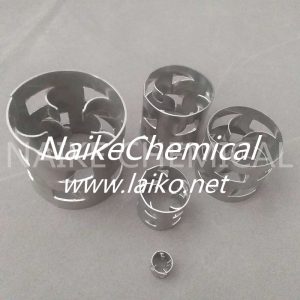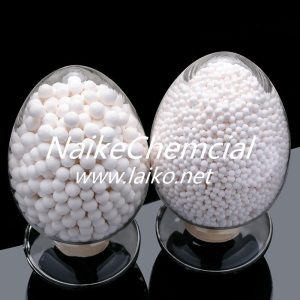What is Carbon Molecular Sieve?
Carbon molecular sieves (CMS) represent a remarkable class of materials characterized by their intricate structure and exceptional gas separation properties. Composed predominantly of carbon atoms, these sieves are engineered with a porous architecture, showcasing a labyrinth of interconnected channels and nanoscopic pores. This unique structure is precisely tailored to selectively adsorb gases based on size and molecular characteristics.
The carbon molecular sieve’s defining feature is its ability to separate gas mixtures through a process known as adsorption. As gases permeate through the intricate network of pores, certain molecules are selectively captured, allowing for the separation of different components within the gas mixture. This makes CMS an invaluable tool in various industrial applications, particularly in processes such as air separation, natural gas purification, and hydrogen production.

The high thermal stability and durability of carbon molecular sieves contribute to their widespread use in demanding industrial settings. Their performance can be finely tuned during the manufacturing process by adjusting parameters such as pore size, surface area, and overall structure. This versatility allows for customization to meet specific requirements, making carbon molecular sieves an integral component in industries seeking precise gas separation solutions.
In summary, carbon molecular sieves stand as a testament to the innovative intersection of material science and industrial application. With their intricate pore structure and selective adsorption capabilities, these sieves play a pivotal role in advancing gas separation technologies, contributing significantly to the efficiency and sustainability of various industrial processes.



